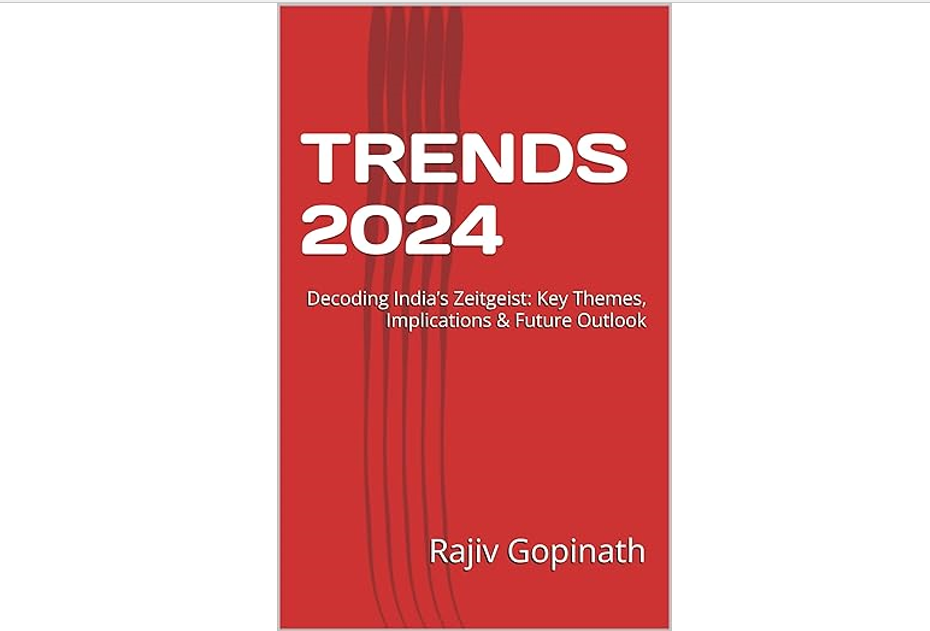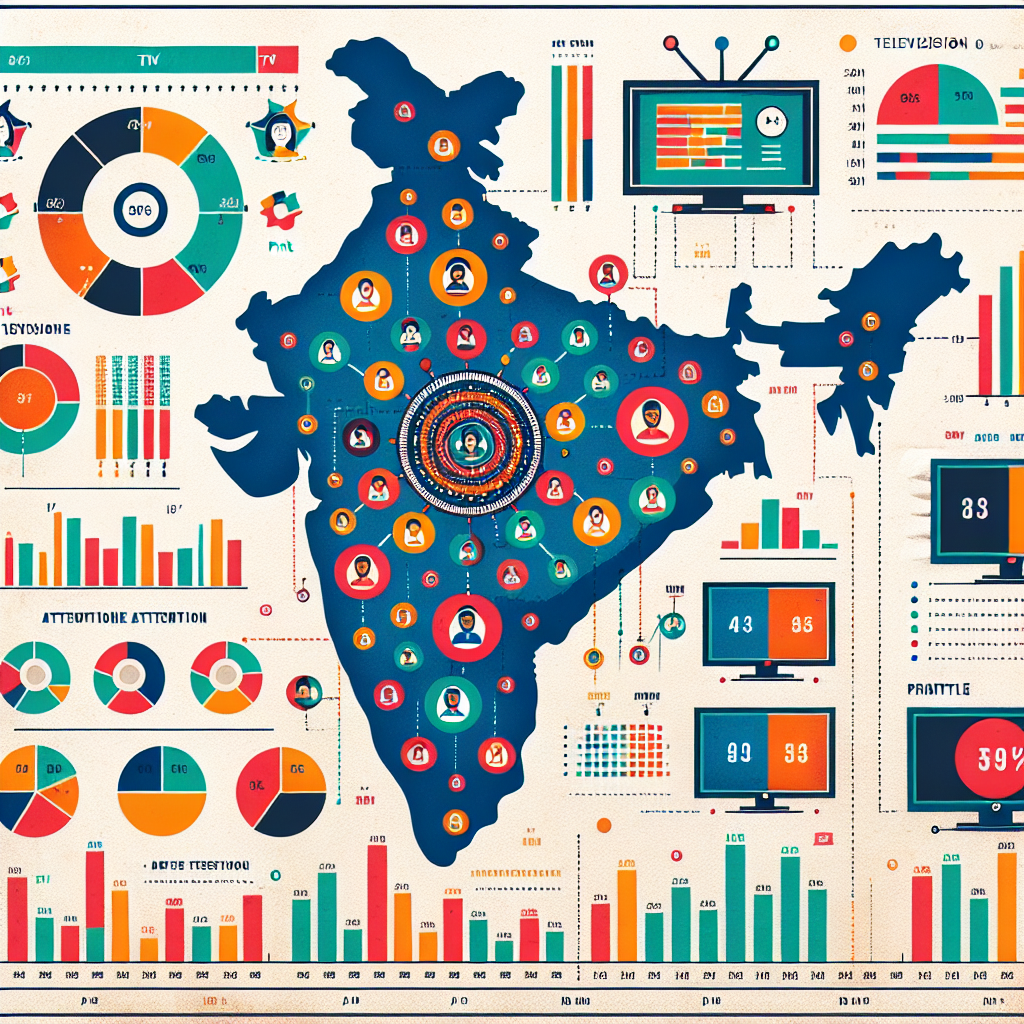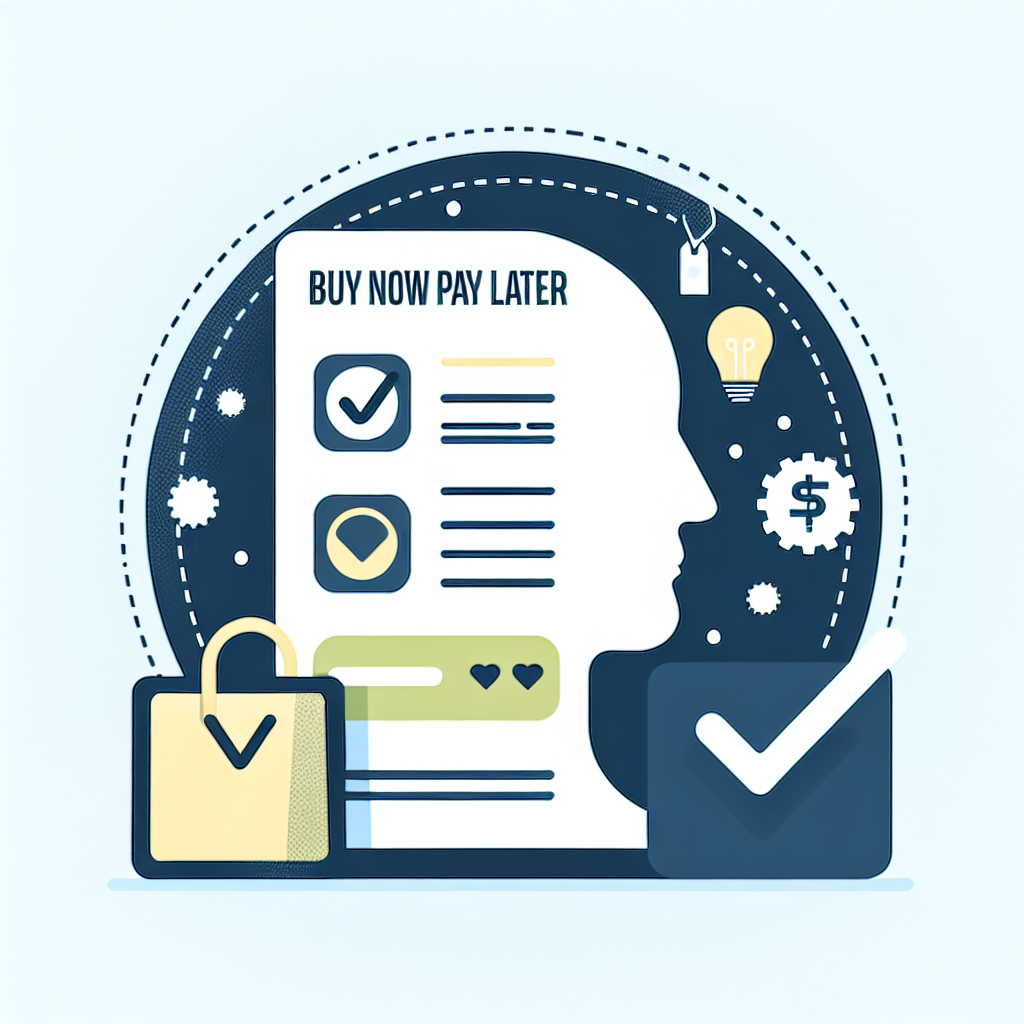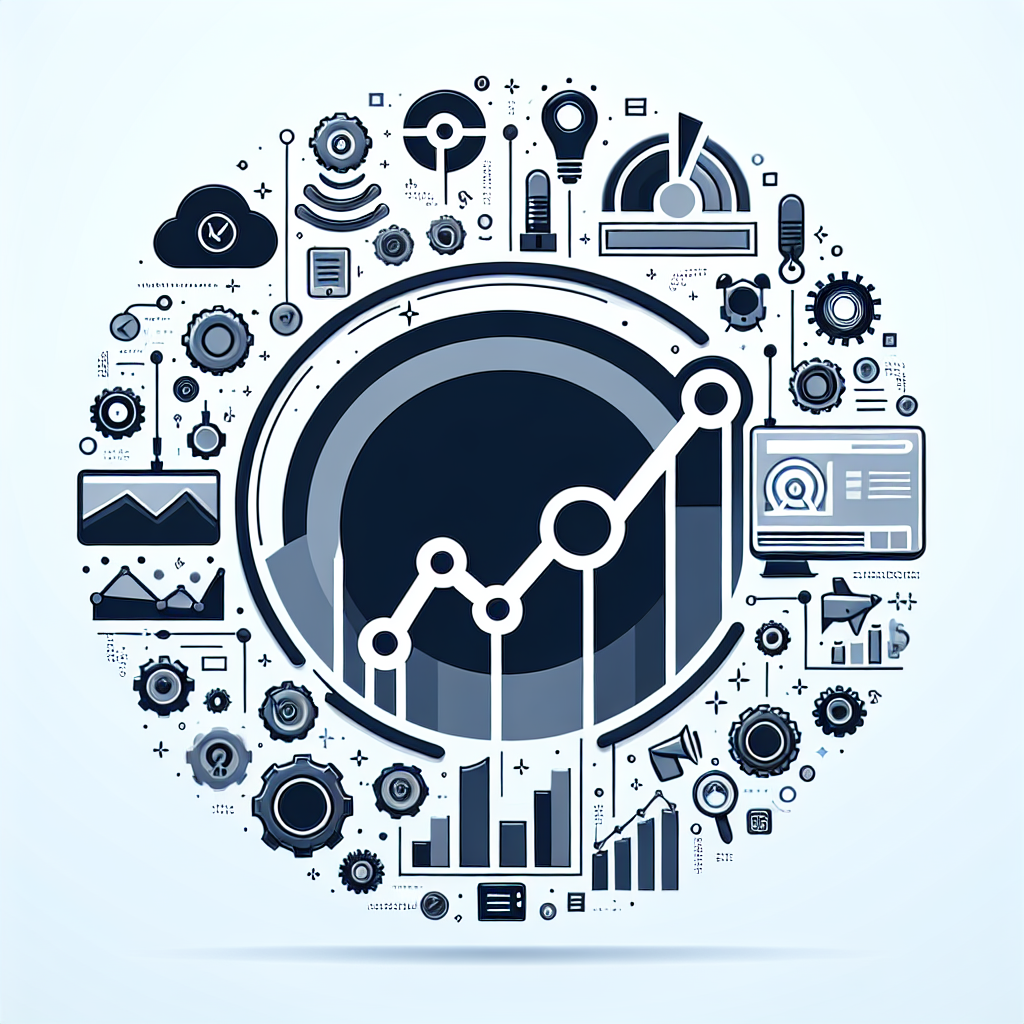The Data Advantage: How Subscription Brands Leverage Customer Insights
It was the personalized book recommendation that first made Joe stop and think. After his third month as a subscriber to a niche book club, he received a package containing exactly the novel he’d been considering purchasing—a title he hadn’t mentioned to anyone, let alone added to any wishlist. The accompanying note read: “Based on your reading patterns and feedback, we thought you’d enjoy this.” Joe was simultaneously impressed and intrigued. How had they selected a book that aligned so perfectly with his tastes?
The rabbit hole he fell into while researching their methods revealed the sophisticated data ecosystem that powers modern subscription businesses. Behind the seemingly simple monthly delivery lay an intricate web of behavioral analytics, preference mapping, and predictive algorithms—all designed to understand him better than he understood himself. As a marketing analyst, Joe had studied customer data for years, but experiencing the power of subscription intelligence as a consumer transformed his perspective. He began to see that subscription businesses weren’t merely delivering products; they were creating responsive relationships powered by an unprecedented depth of customer understanding. What started as curiosity about a well-chosen book recommendation blossomed into a professional fascination with how subscription models are redefining the very nature of customer relationships through data.
Introduction: The Subscription Intelligence Revolution
While traditional retailers capture snapshots of customer behavior through sporadic transactions, subscription businesses enjoy a continuous data stream that reveals evolving preferences, usage patterns, and satisfaction levels. This persistent connection transforms customer intelligence from a retrospective analysis to a predictive science, enabling unprecedented personalization and service optimization. The data advantage subscription brands possess isn't merely quantitative—it's qualitative, contextual, and longitudinal in ways that transaction-based businesses cannot match.
As the subscription economy expands beyond entertainment and software into physical goods, services, and experiences, the competitive advantage derived from customer data becomes increasingly decisive. Organizations that systematically collect, analyze, and operationalize subscription intelligence gain the ability to anticipate needs, personalize experiences, and optimize offerings in ways that create sustainable differentiation. By examining how leading subscription brands leverage this data advantage, we can identify strategic approaches that drive customer value, retention, and revenue growth in the subscription economy.
1. The Behavioral Data Ecosystem: Beyond Demographic Profiling
Traditional customer analysis relies heavily on demographic attributes and past purchase behavior, creating static portraits of customer segments. Subscription models, however, generate dynamic behavioral insights that enable more sophisticated understanding.
a) Usage Pattern Analysis
- Subscription services track not just what customers purchase but how they use products
- Streaming services like Netflix collect 5+ billion daily user interactions including viewing patterns, pauses, and abandonment points
- These digital body language signals reveal unstated preferences more accurately than declared interests
b) Engagement Fingerprinting
- Subscription businesses map unique engagement signatures across customer journeys
- Fitness subscription app Strava identifies 8 distinct behavior patterns that predict retention likelihood
- These patterns enable preemptive intervention before traditional churn signals appear
c) Preference Evolution Tracking
- Longitudinal data reveals how customer preferences shift over time
- Meal kit service HelloFresh tracks flavor preferences that emerge through subtle choice patterns
- According to research from Northwestern University, subscription data enables 3x more accurate prediction of changing preferences than point-of-sale transaction data
Professor Sunil Gupta of Harvard Business School notes that "subscription businesses possess an inherent data advantage that transforms customer understanding from static profiles to dynamic relationship models that adapt as preferences evolve."
2. Strategic Frameworks for Operationalizing Subscription Intelligence
Leading subscription brands implement systematic approaches to translate raw data into actionable intelligence.
a) The Feedback Velocity Framework
- High-performing subscription businesses create rapid cycles of insight generation and deployment
- Spotify implements over 5,000 A/B tests annually based on behavioral data insights
- This experimentation velocity allows for continuous refinement of recommendation algorithms
b) The Engagement Value Mapping Model
- Subscription businesses attribute predictive value to specific interaction patterns
- Financial news service Bloomberg tracks 30+ engagement metrics to create "stickiness scores"
- Microsoft's Xbox Game Pass correlates specific in-game achievements with subscription renewal likelihood
c) The Preference Network Analysis
- Advanced subscription systems map relationships between seemingly unrelated preferences
- Beauty subscription Birchbox identifies "preference constellations" that predict future product reception
- These networks enable counter-intuitive recommendations that outperform obvious next-product suggestions
According to McKinsey research, subscription businesses that implement formal data strategy frameworks achieve 28% higher customer lifetime value than those with ad-hoc approaches to customer intelligence.
3. AI-Powered Personalization: From Insights to Individual Experiences
Artificial intelligence transforms subscription data into personalized experiences at scale through increasingly sophisticated approaches.
a) Content Adaptation Models
- AI systems dynamically adjust content and product offerings based on individual behaviors
- The New York Times subscription service customizes home page layouts for 70+ reader archetypes
- These systems balance exploration (introducing new content) with exploitation (delivering proven preferences)
b) Propensity Modeling and Preemptive Personalization
- Machine learning identifies subtle signals that predict future needs
- Adobe's Creative Cloud analyzes workflow patterns to suggest relevant tools before users search for them
- According to Forrester Research, preemptive personalization increases feature adoption by 35% and reduces churn by 21%
c) Natural Language Processing for Sentiment Analysis
- Advanced subscription systems analyze textual feedback to extract emotional signals
- Meditation app Headspace processes free-text feedback to identify emergent preference signals
- These systems can detect satisfaction issues before they appear in explicit feedback or usage metrics
MIT research indicates that AI-powered subscription personalization creates a "virtuous cycle" where better experiences generate more engagement, which produces more data, which further improves personalization quality.
4. Ethical Dimensions of Subscription Intelligence
The data advantage of subscription businesses creates both opportunities and responsibilities.
a) Privacy-Preserving Analytics
- Leading subscription brands implement privacy-by-design approaches
- Apple's subscription services emphasize on-device processing and differential privacy techniques
- These approaches maintain personalization capabilities while minimizing privacy risks
b) Preference Transparency and Control
- Ethical subscription models provide visibility into how data influences experiences
- Streaming music service Deezer offers explicit explanation of recommendation origins
- Consumer research indicates that transparency increases trust and engagement by 42%
c) Value Exchange Calibration
- Successful subscription businesses ensure fair exchange of data for enhanced experiences
- According to research from the Subscription Trade Association, companies that explicitly communicate the value of data sharing experience 31% higher willingness-to-share among customers
Professor Glen Urban of MIT Sloan School notes that "subscription businesses operate under an implicit social contract where data collection is permitted only when it visibly enhances customer experience."
Conclusion: The Future of Subscription Intelligence
As subscription models continue to evolve, several key developments in customer data utilization will emerge:
- Integration of external contextual data sources to enhance predictive accuracy
- Emotion AI that detects satisfaction and engagement through interface interactions
- Federated learning models that preserve privacy while enabling cross-subscriber insights
- Community-based intelligence that combines individual and collective behavioral patterns
The subscription businesses that thrive will be those that view data not merely as a competitive advantage but as a means of creating genuinely superior customer experiences that justify continued subscription investment.
Call to Action
For business leaders developing subscription offerings, the path to data advantage requires systematic implementation:
- Establish clear data governance frameworks that balance personalization power with privacy respect
- Map the complete subscription journey to identify high-value data collection opportunities
- Invest in closed-loop systems that translate insights into immediate experience improvements
- Prioritize transparency in how customer data enhances subscriber value
For existing subscription businesses, conduct an honest assessment of your data utilization maturity. Are you merely collecting information, or are you systematically transforming that information into enhanced customer experiences? The subscription leaders of tomorrow will be those who master not just data collection but the art of turning those insights into meaningful relationship advantages that competitors cannot easily replicate.
Featured Blogs

TRENDS 2024: Decoding India’s Zeitgeist: Key Themes, Implications & Future Outlook

How to better quantify attention in TV and Print in India

AI in media agencies: Transforming data into actionable insights for strategic growth

How the Attention Recession Is Changing Marketing

The New Luxury Why Consumers Now Value Scarcity Over Status

The Psychology Behind Buy Now Pay later

The Rise of Dark Social and Its Impact on Marketing Measurement

The Role of Dark Patterns in Digital Marketing and Ethical Concerns








